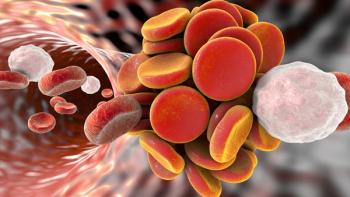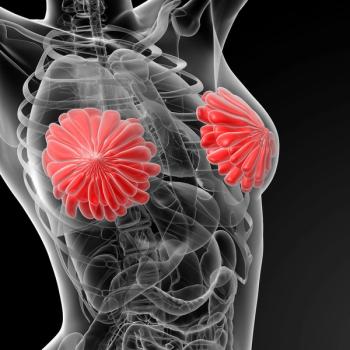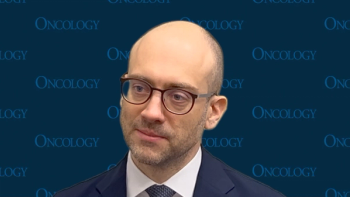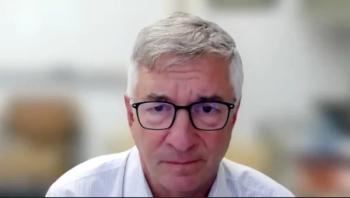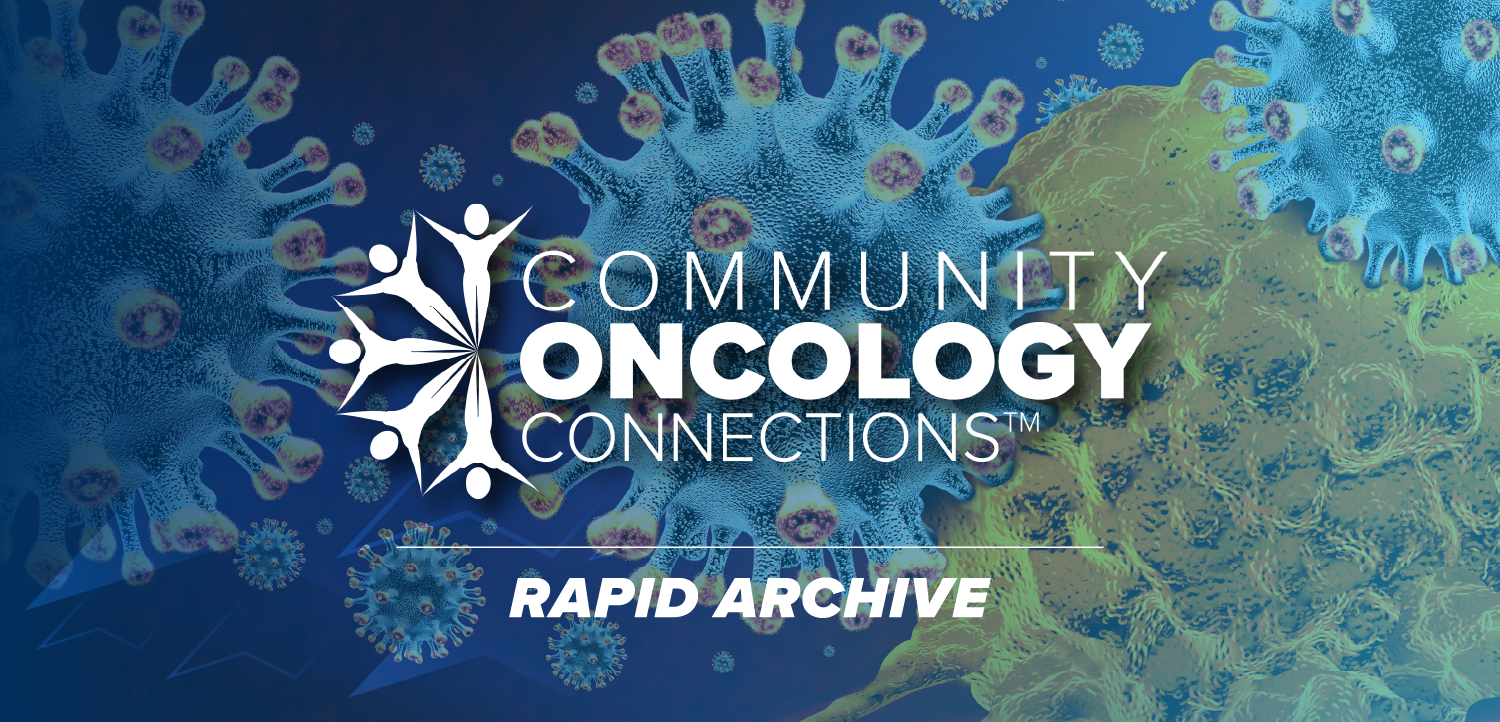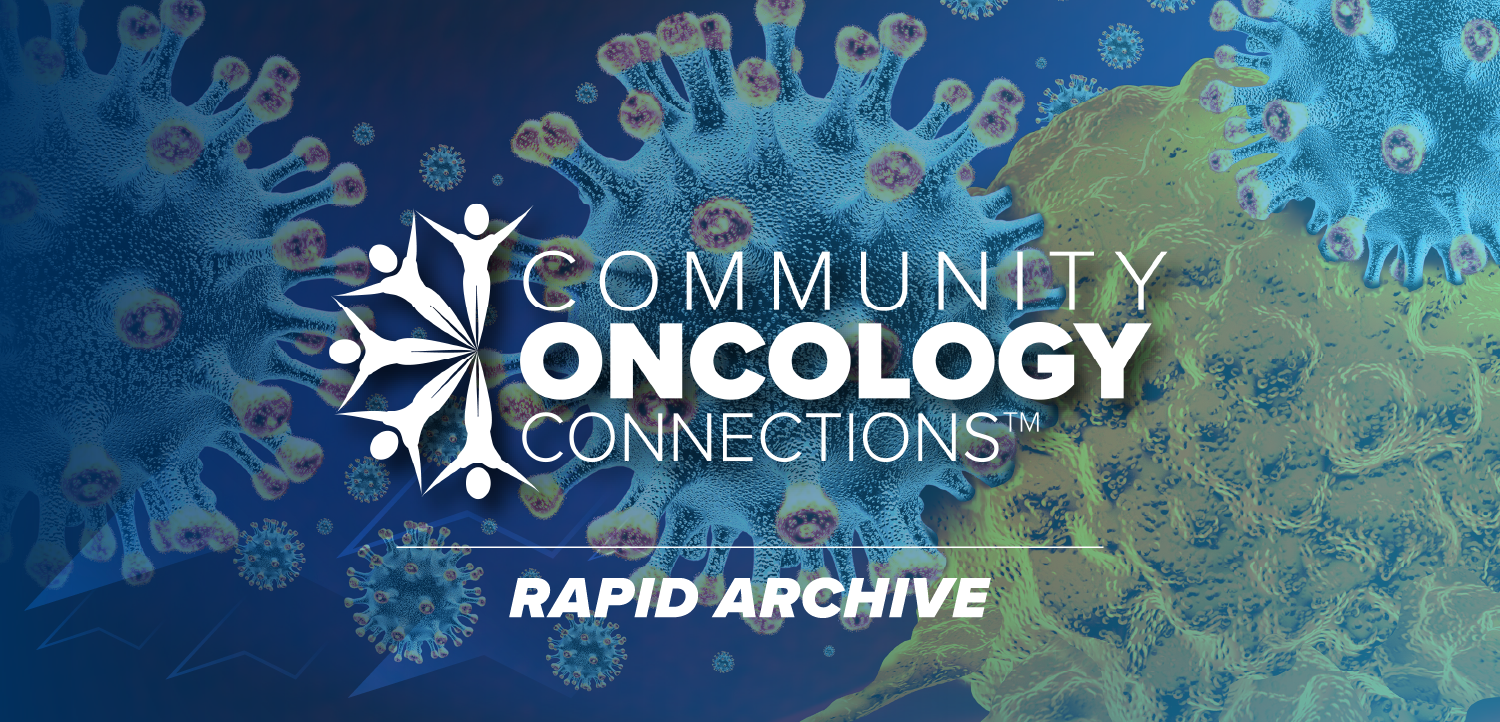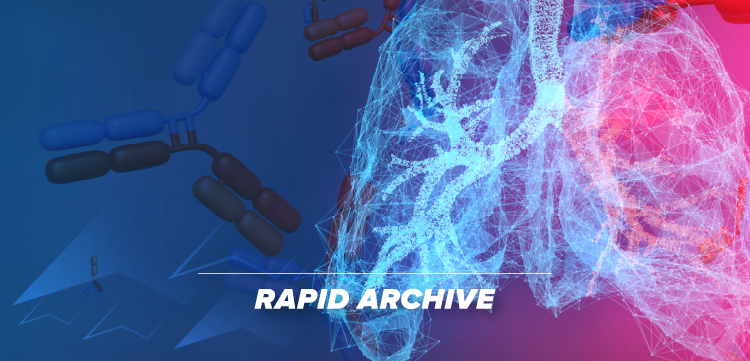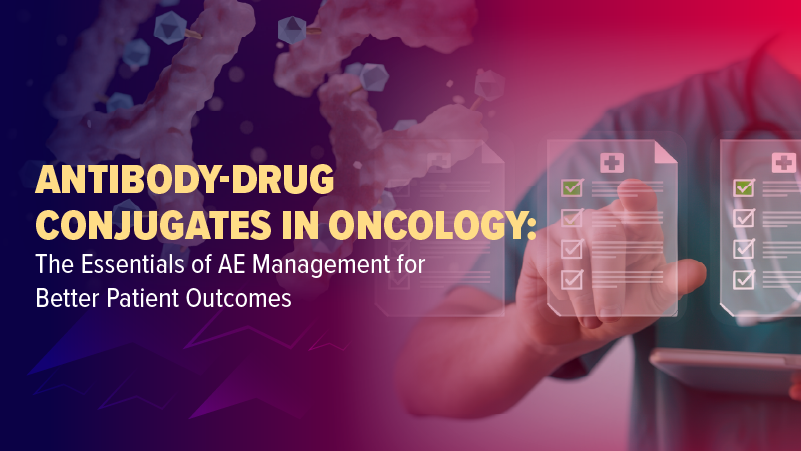
Considering Subsequent Treatment in NDMM After Teclistamab-Based Induction
Marc S. Raab, MD, PhD, details how agents such as carfilzomib may play a role in treatment after progression on teclistamab-based induction therapy.
In a conversation with CancerNetwork® at the
Although he noted that no patients had progression on teclistamab-based induction therapy in the trial, Raab emphasized using an effective subsequent regimen that minimizes potential toxicities in the event of initial disease progression. He detailed how options such as carfilzomib (Kyprolis) and chimeric antigen receptor (CAR) T-cell therapy can play a role in the management of NDMM if patients have progression on induction therapy. Considering the chemotherapy-free nature of the induction therapies investigated in the MajesTEC-5 trial, he stated that adding chemotherapy is another potential option for subsequent care.
Raab is a professor of medicine and clinical director of the Heidelberg Myeloma Center and the Department of Medicine V at the Heidelberg University Hospital.
Transcript:
So far, we do not have experience with [patients who progress on these teclistamab regimens] because we did not have any progression in these cohorts. However, the idea of that is, of course, to have as effective a regimen as you can and minimize these [adverse] events. But if you still experience [something] like that, you would probably go to something like carfilzomib-based [treatment] and then look for a CAR T-cell therapy in the second line. Of course, adding chemotherapy can always be an option because these regimens that we are talking about, like [teclistamab/daratumumab] and lenalidomide [Revlimid], bortezomib [Velcade], and dexamethasone, are chemotherapy free. You can always go to a short-term salvage therapy, chemotherapy, and then switch either to another GPRC5D-targeting bispecific or CAR T-cell therapy.
Reference
Raab MS, Weinhold N, Kortum KM, et al. Post-induction outcomes and updated minimal residual disease analysis from GMMG-HD10/DSMM-XX (MajesTEC-5): a study of teclistamab-based induction regimens in newly diagnosed multiple myeloma (NDMM). Abstract presented at: 22nd International Myeloma Society Annual Meeting; September 17-20, 2025; Toronto, ON, Canada. Abstract OA-13.
Newsletter
Stay up to date on recent advances in the multidisciplinary approach to cancer.


